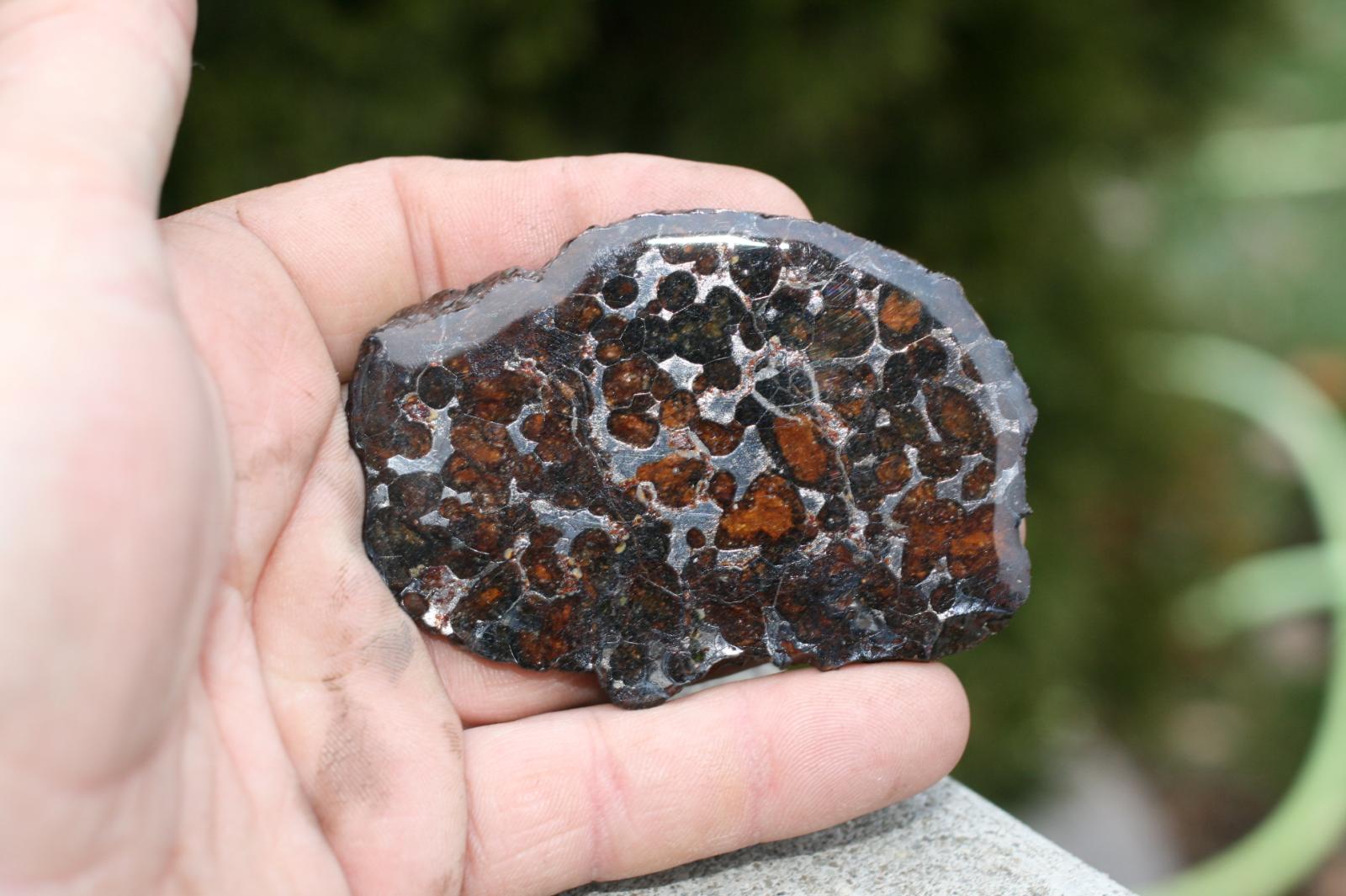

The foundational knowledge we can establish with meteorites is not only of use to academics and researchers, but can also impact our understanding of resource extraction and natural hazards. Much of that knowledge has been lost on Earth, due to subsequent geologic processes that effectively erase our earliest history. Their ages, bulk composition, and formational history can tell us much about the history of the Earth, and also provide us with a baseline for understanding geologic processes today. Much of what we know about the origin of the Earth and the other planets is founded in our understanding of meteoritics (the study of meteorites). Meteorites are a window into the early evolution of planets and other bodies in our Solar System. Practical answer: We study meteorites for a variety of reasons. Researcher’s answer: Because they’re AWESOME. Prior to entering the atmosphere, a meteorite would be termed a “meteoroid.” Why do we study meteorites? This is not to be confused with a meteor, which is the visual phenomenon observed when extraterrestrial material ionizes gases as it enters the atmosphere at an astronomical speed (you might know it as a shooting star).
Meteor meteoroid meteorite series#
These are known as fireballs or, if they explode in mid-flight, bolides.Put simply, a meteorite is a rock that formed within a planetary body other than the Earth and, through a series of cosmic chances, crossed the path of the Earth’s orbit and struck its surface.

Occasionally a very bright meteor streaks across the sky. These episodes are known as meteor showers and occur when the Earth passes through a meteor stream, a trail of debris left behind in the wake of a comet. However, at certain times during the year, the rate of meteors increases and all meteors appear to come from a particular point called the radiant. The majority of meteors appear sporadically from random positions in the sky with typical rates of between 5 – 10 per hour. If they have not completely burnt up by this stage, they continue on their trajectory, and some may impact the Earth as meteorites. They typically last for between 0.1 and 10 seconds before they are decelerated sufficiently for ablation to cease. Most meteors appear at altitudes between 80 – 110 km where the atmospheric density is high enough for ablation to occur. It may also display many different colours, the result of the de-excitation of different atmospheric molecules. The resulting trail is only about a metre across but it can be many kilometres (typically 20 – 30 km) long depending on the speed of the meteor. These vapourised atoms collide with surrounding atmospheric molecules to create an ionised ‘trail’ which, when it de-excites, produces the bright steak of light commonly associated with these objects. This compressed air raises the surface temperature of the meteor to over 2,000 Kelvin, at which point its outer layers begin to vapourise in a process called ablation. The majority of the incoming meteoroids are only a few millimetres across, but they enter the atmosphere at extremely high speeds (between 11 and 72 km/s) compressing the air in front of them. The different colours in the meteor trails result from the de-excitation of different atmospheric molecules.

Three meteors from a Leonid meteor shower showing the long, narrow trails normally associated with these objects.


 0 kommentar(er)
0 kommentar(er)
